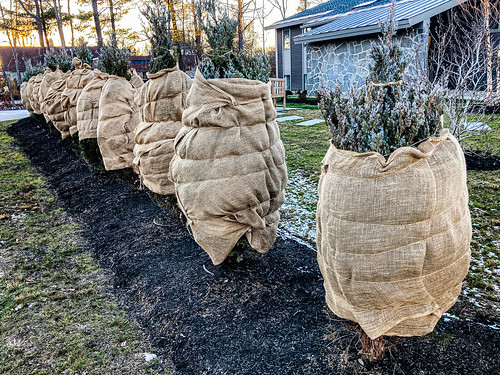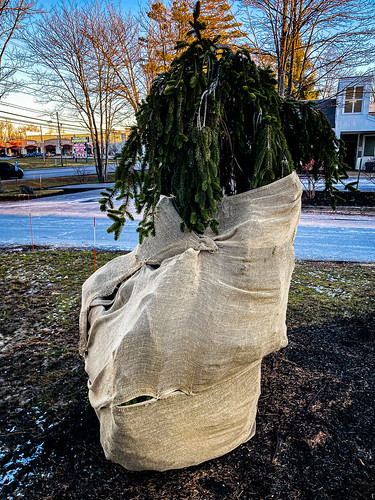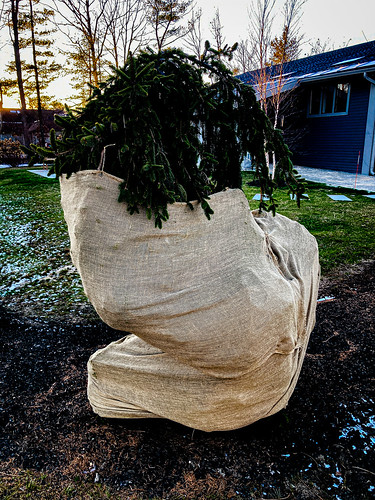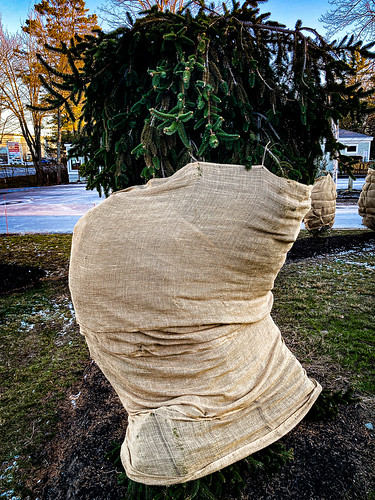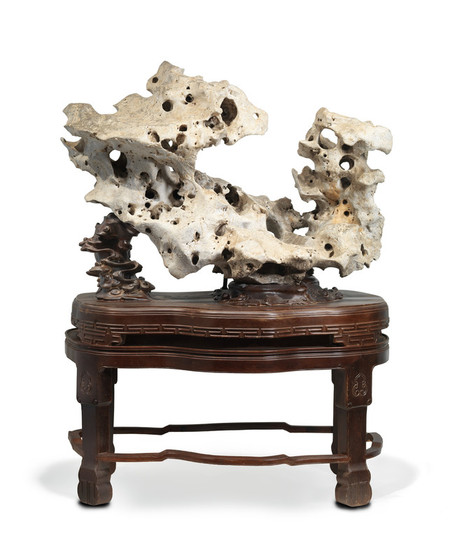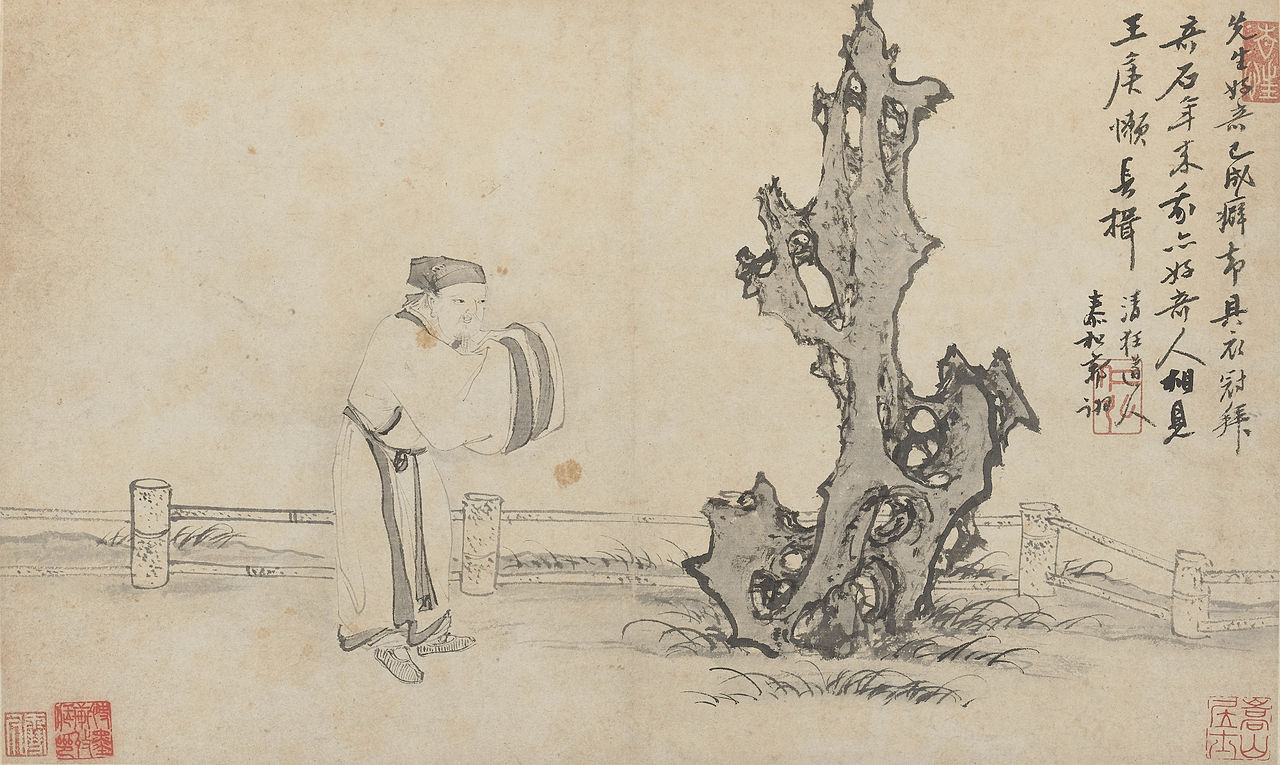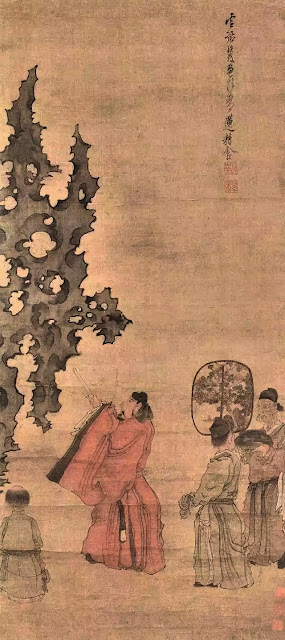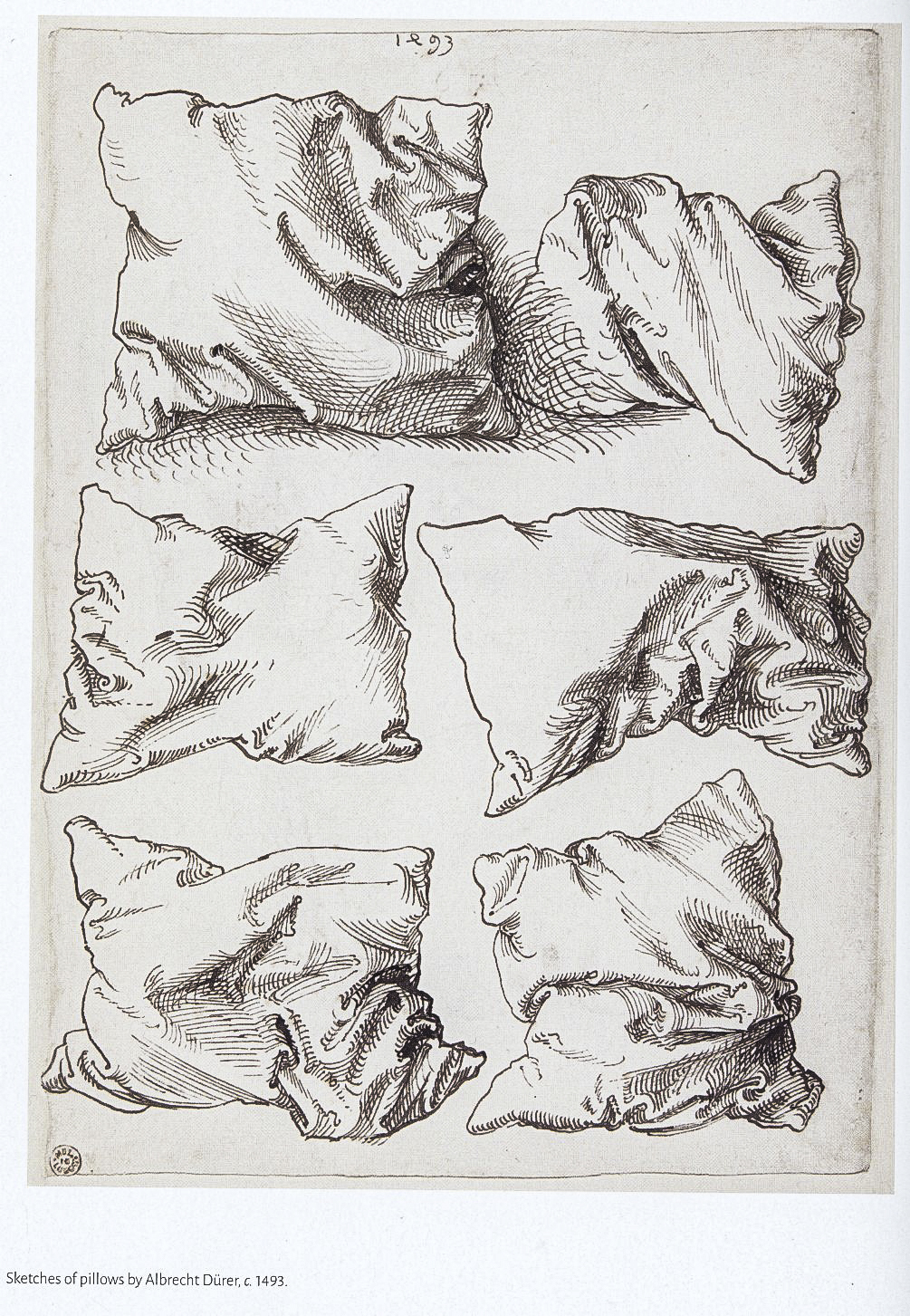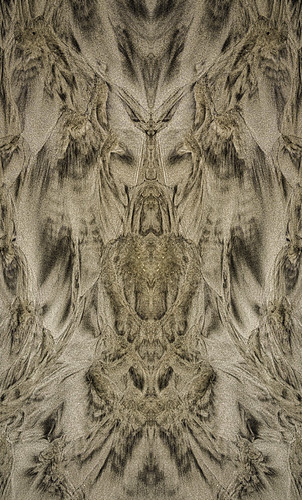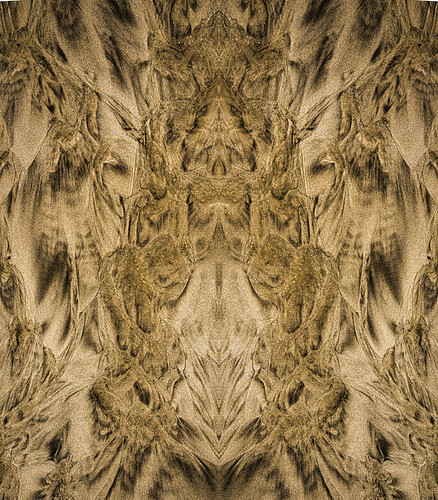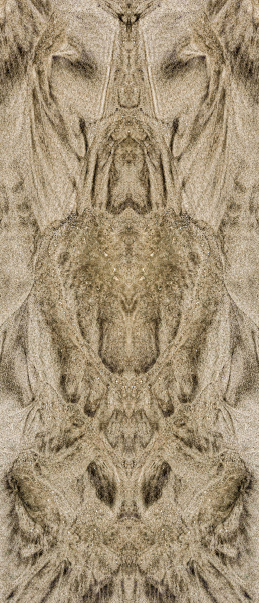The day began with a YouTube video, which has Leonora in her 90s talking with her (somewhat clueless) younger cousin:
(asked if there had been other artists in the family)
LC: My mother used to paint biscuit tins for jumble sales. That’s the only art that went on in my household.Joanna Moorhead: I wonder where it came from?
LC: I have no idea.
JM: No other artists in our family? None at all?
LC: Why are you fixed on the idea of heredity? It’s not hereditary … comes from somewhere else, not from genes. You’re trying to intellectualize something desperately, and you’re wasting your time. That’s not a way of understanding, to make a kind of intellectual mini-logic. You never understand by that road.
JM: What do you think you do understand by then?
LC: By your own feelings about things …if you see a painting that you like… canvas is an empty space.
JM: If I got one of your pictures down from upstairs and said to you what were you thinking when you painted this…?
LC: No. It’s a visual world, you want to turn things into a kind of intellectual game, it’s not… the visual world, it’s totally different. Remember what I’ve just said now, don’t try and turn it into a …kind of intellectual game. It’s not… It’s a visual world, which is different. The visual world is to do with what we see as space, which changes all the time. How do I know tgo walk –that’s one concept– to this bed and around it without running into it. I’m moving in space. Or I can have a concept of it and then I can see it as an object in space…”
This is fascinating on several levels, not least the asperity of the nonagenarian being not-understood on a subtle point, and trying to convey its importance to an interviewer who doesn’t quite get it.
And that led to Adam McLean’s marvelous 6-part Study Course on Leonora Carrington:
1: The Early Years
2: Mexico
3: Celtic
4: Esoteric and Magical
5: Map of the human animal
6: Humor and Animals
(see also his Surrealism Lesson the first of 20 videos!)
and here is a somewhat younger Carrington:
“The Flowering of the Crone, Leonora Carrington, Another Reality”
And her story “The House of Fear”, read by Farah Rose:
There are lots of other Carrington videos, and see Leonora Carrington is Having A Moment from 2017, Carrington’s centennial year.
Much more awaits me…

